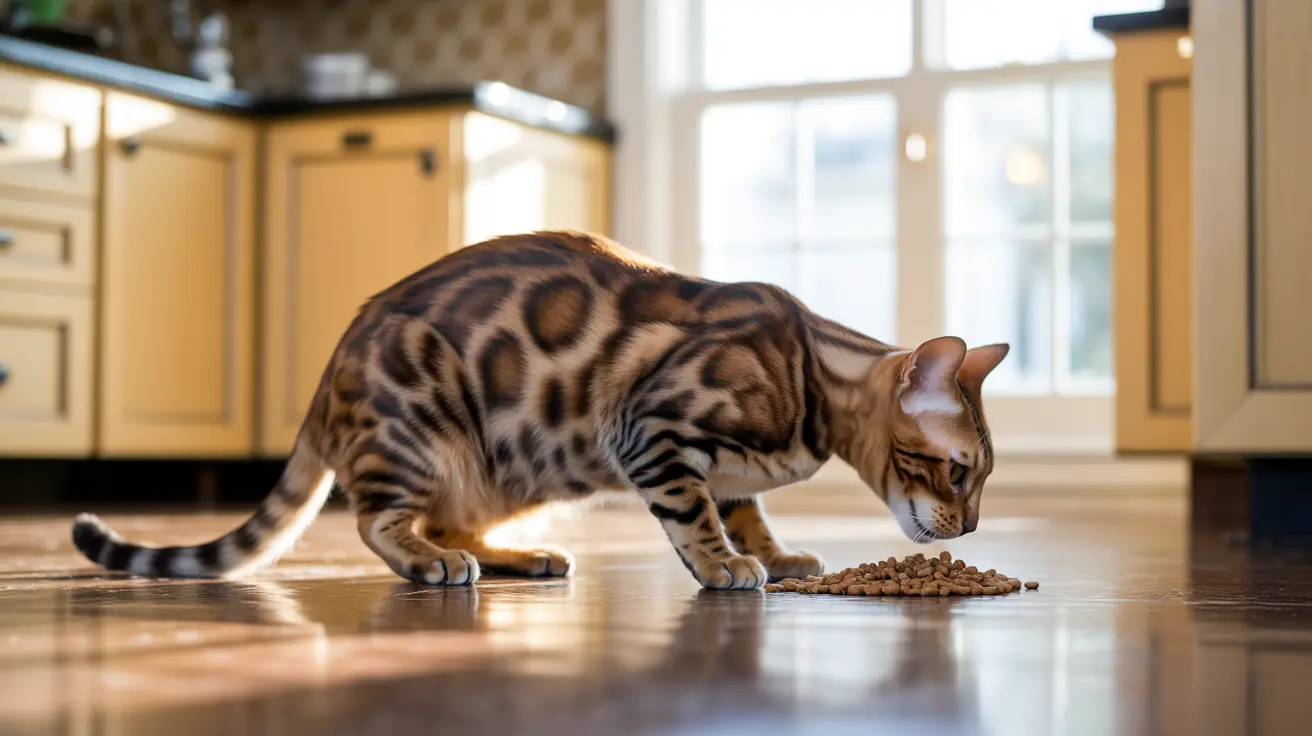How to Tell If Your Cat Is a Sokoke
The Sokoke cat, also known as the Sokoke Forest Cat or African Shorthair, is a rare and exotic breed originally hailing from the forests of coastal Kenya. With their elegant yet athletic build and distinctive coat pattern, Sokokes exhibit both wild beauty and endearing charm. However, identifying whether your cat is a Sokoke can be challenging due to the breed’s rarity—estimated at only about 100 individuals globally. This guide delves into physical, behavioral, and genetic clues to help you determine if your feline friend is a member of this special breed.
1. Physical Appearance
The Sokoke has several unique physical traits that set it apart from other cats.
- Body Structure: Lean and muscular with a long, leggy frame. Hind legs are longer than the front, giving them a graceful, tip-toe gait.
- Coat: Short, glossy, and coarse with little or no undercoat. The pattern resembles tree bark—often described as a 'wood grain' or 'African tabby.'
- Pattern: Modified classic tabby or ticked tabby with blotched markings, including rings on the tail and spotted flanks.
- Head: Small in proportion to the body, with a modified wedge shape. High cheekbones, a broad nose, and oval, widely spaced almond-shaped eyes.
- Eyes: Typically greenish-amber in color, though snow variants may have blue eyes.
2. Coat Colors and Variants
- Brown Tabby: The most common coloration, with dark brown to black markings on a golden background.
- Snow Sokoke: A rare variant featuring a lighter body and darker points, similar to a Siamese pattern. These cats may have blue eyes.
3. Personality Traits
Beyond physical characteristics, behavior can offer clues about your cat’s breed.
- Intelligent and Curious: Sokokes are known for their quick learning abilities and interactive play.
- Dog-like Behavior: They may follow their owners around, form strong bonds, and even greet people at the door.
- Sociable: While they form deep connections with family, they usually get along well with other cats, dogs, and children.
- Energetic: These cats are very active and require plenty of mental and physical stimulation.
4. Origin and History
Gaining insight into your cat’s background can also help with identification.
- Heritage: Indigenous to the Arabuko Sokoke forest in Kenya, the breed was first recognized in the 1970s by Jeni Slater.
- Domestication: Descended from feral African cats, the Sokoke was never hybridized with wild cats, making it a naturally occurring breed.
- Recognition: Officially registered by organizations like FIFe (1993), TICA, GCCF, and the Canadian Cat Association.
5. Health and Grooming
- Low Maintenance: With a short coat that lacks an undercoat, regular brushing once a week suffices.
- Hardy: Generally healthy with no known breed-specific inherited diseases.
- Warm Climate Preference: These cats thrive in warmer areas but adapt to moderate cold if needed.
6. Identifying Through Genetics
If physical and behavioral cues are inconclusive, consider genetic testing.
- DNA Testing: Commercial pet DNA testing services can confirm your cat’s breed heritage.
- Breeder Records: If adopted or purchased, pedigree documentation from a reputable breeder can confirm Sokoke lineage.
7. Sokoke vs. Look-Alike Breeds
Due to their tabby patterns and build, Sokokes are sometimes confused with:
- Oriental Shorthairs: More triangular heads and finer bone structure.
- Abyssinians: Have ticked coats but different body shape and facial structure.
- Ocicats: Spotted tabby patterns but bulkier build.
Conclusion
Identifying whether your cat is a Sokoke involves observing a combination of physical attributes, behavioral traits, and potentially confirming ancestry through genetic testing. If your cat exhibits signs such as a lean, muscular body, long back legs, a distinctive wood grain tabby pattern, social and intelligent behavior, and originates from or has links to breeders working with the Sokoke lineage, there’s a solid chance you have an extraordinary Sokoke companion. Due to their rarity, every Sokoke is special, and understanding their unique traits only deepens the appreciation for this captivating breed.





